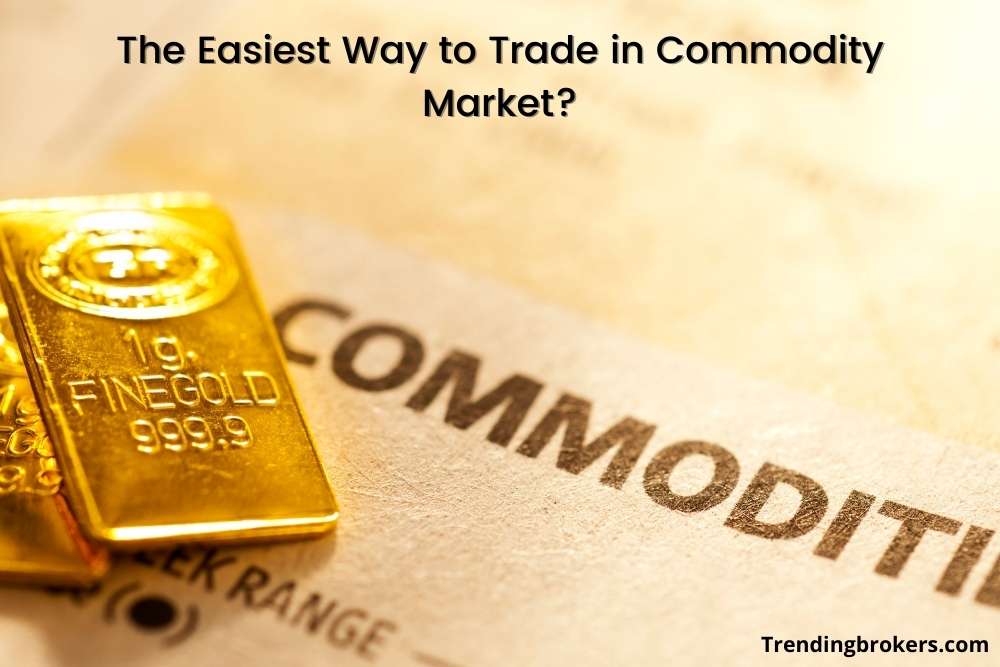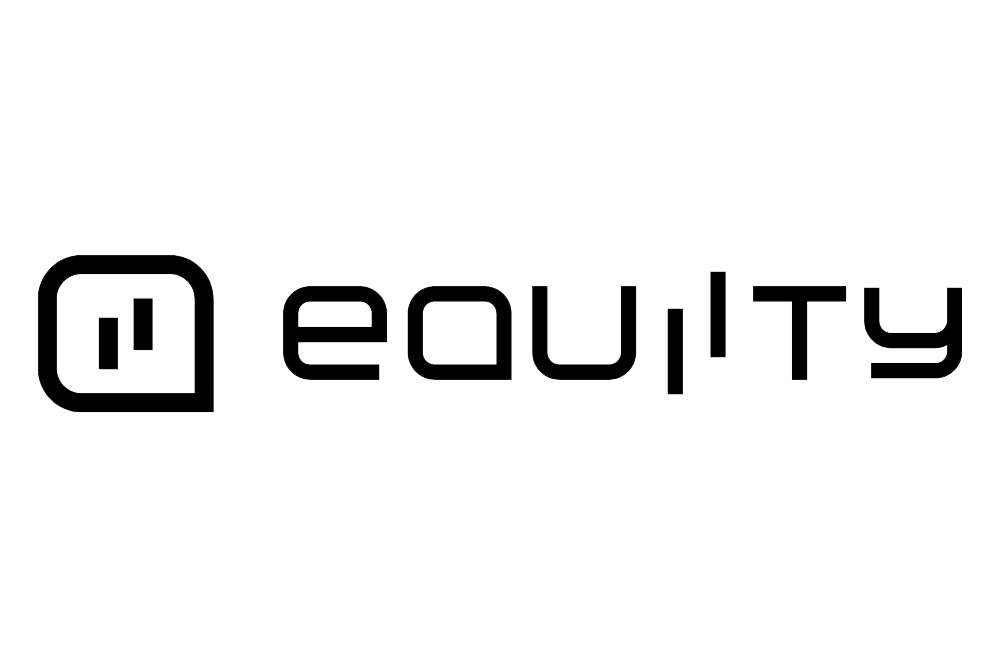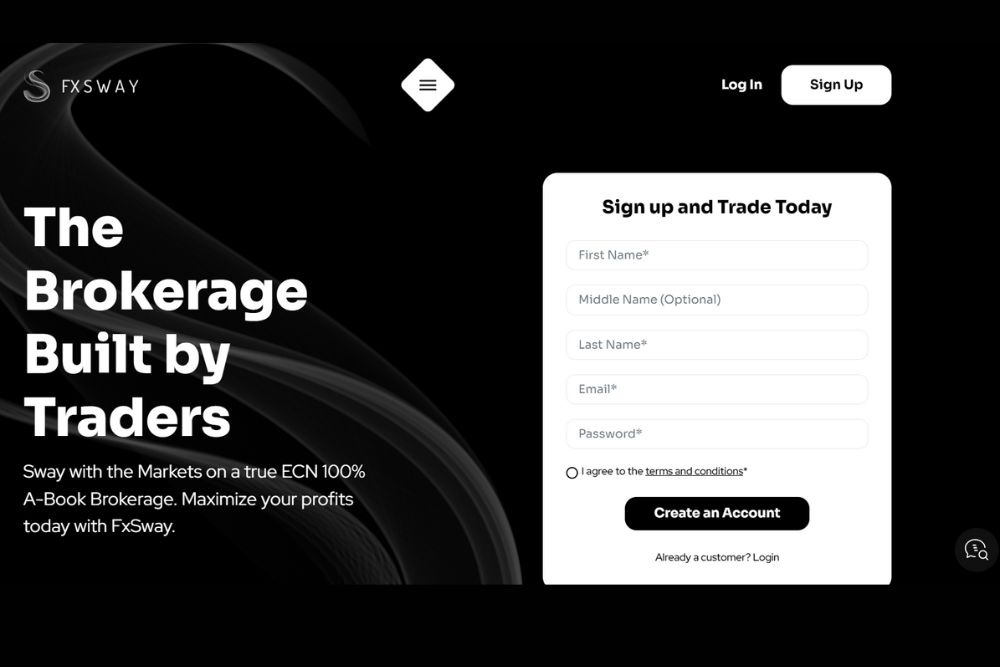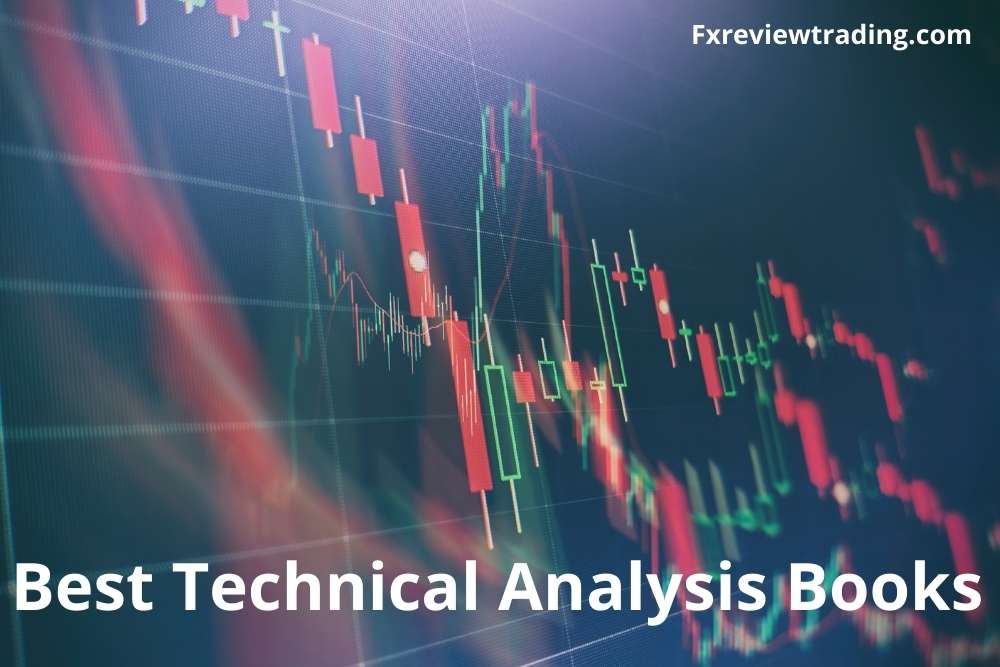Choosing the commodity market for trading to generate regular income can be a good decision for a trader, but it requires expertise to become a consistently profitable commodity trader. Traders rely on many courses, articles, videos and books. Still, you have to always apply the principles taught in these courses to make your trading journey less bumpy and more successful.
Here we are discussing the easiest method of commodity trading for beginners, intermediate and expert traders. You can hone your skills by consistently following this process to become an expert in the commodity market.
You may wonder what the best strategy to follow and generate higher returns in no time without putting extra time in monitoring the market, and basic analysis is? Let me tell you that there is no such strategy neither in commodity trading nor in other asset classes. It is impossible to generate higher returns without doing the basic technical analysis and thoroughly following the strategies.
What is the Commodity market?
The market trades in raw materials or primary economic sectors such as sugar, soy, fruits, cattle hogs, natural oil, precious metals like gold and silver is called commodity market. Therefore, traders can generate a high amount of profits by diversifying their investment portfolio through investing in commodities.
The commodity market is gaining mainstream adoption these days because it allows you to hedge against the potential losses that can be incurred due to stock trading. This is because of the opposite price movement of commodities against stocks.
You can unlock ample opportunities while trading in the commodity market by getting exposure to commodities via futures contracts and investing in small to large-cap companies which are related to the commodities somehow.
Let’s discuss the various types of commodities.
Types of Commodities
Generally, there are two main types of commodities.
- Hard commodities: Hard commodities are those that can be mined and extracted. They can be natural resources like crude oil, coal, metals like iron and copper, and precious metals like silver, gold and platinum.
- Soft commodities: Soft commodities include food products, dairy and livestock such as wheat, sugar, cocoa, corn, pork, cattle etc.
If you are a beginner, till now you get a brief idea about the commodities. Now we are discussing the popular commodity exchanges across the globe where you can trade. Beginners guide on How to Trade Gold
Popular Commodity exchanges
- New York Mercantile Exchange (NYMEX) – United States
- New York Board of Trade (NYBOT) – United States
- Chicago Board of Trade (CME) – United States
- Tokyo Commodity Exchange (TOCOM) – Japan
- Dalian Commodity Exchange (DCE) – China
- Multi Commodity Exchange (MCX) – India
- London Metal Exchange (LME) – United Kingdom
- Africa Mercantile Exchange (ACE) – Africa
How to trade in the commodity market?
Before entering the commodity market, you should be aware of the various factors that can impact the price of the commodities, and they may affect your investment portfolio also. Variable supply and demand result in the volatility of the market. High volatility is suitable for traders with high risk appetite and a significant time horizon. It will create so many opportunities for you to maximise the returns and manage the risks properly.
Fluctuation in the price may occur due to various reasons like government policies, geopolitical conditions and movement in other asset classes. Following are the steps to understand the commodity market and find your way to trade by managing the risks to maximise the profit.
Choose the market
This is the preliminary step of commodity trading. There are various asset classes, including agricultural products, livestock, metals and energy, to choose what works best for you or what interests you. Commodity futures are lucrative financial instruments featuring sharp liquidity and excellent volatility. Commodities trading is prevalent due to the variety of options available and the variety of factors that influence their value.
Each commodity product offers unique opportunities and has vast potential through which traders can capitalise on the upside of the various exciting commodities. Commodities are inextricably related to the growth of a civilised society.
To trade in commodities, you should first know the financial product. Then, depending on the asset class you choose, you will earn the profit as per the market conditions affecting your contract.
Open your trading account
Open your trading account with a trusted brokerage firm. Please ensure that the broker is well regulated by a reputed financial authority. If you are looking for a broker, you can sign up with an award-winning broker ROinvesting. The brokerage offers you various trading account types according to your trading experience.
You can open your trading account in three simple steps. First, enter the required information and submit your application for verification. Once your account gets verified, fund your and start trading. There is no minimum deposit required when you open an account with ROinvesting.
Enjoy the leverage offered on commodities by the broker and open a strong position in the market with less amount.
Seasonal supply and demand
Seasonal supply and demand is the most important influencing factor in commodity trade. Therefore, you should be able to tell when demand for a specific commodity rises and lowers.
Variation in supply and demand forces the volatility in prices, which results in more chances to take advantage and make a decent amount of money through commodity trading. Therefore, it is critical to understand how to invest in commodities because most commodities follow a seasonal pricing trend.
Analysis of risk appetite
Analyzing your risk appetite is very important while you trade in the commodities market. This is because you can never invest your hard-earned money without knowing the degree of risk you are willing to take.
Diversify your investments by investing in a variety of assets. This will allow you to offset any losses in one asset with gains in another. Before trading in commodities, you should carefully consider the level of risk and profit.
Going long or short
If you’ve ever been to the supermarket, you’re familiar with the concept of purchasing goods. Commodities include soy, cocoa, beef, and lean hogs. Trading financial instruments based on these items, on the other hand, is a little more complicated.
The market analogy is that you earn profits when you buy a commodity, not by selling it. Therefore, it is important to identify the value and manage the risk-reward ratio efficiently and trade accordingly.
You can have more flexibility in commodity futures rather than stocks or ETFs. In commodity trading, you can buy low and sell high, and vice versa offers you the same opportunity to make money.
So, how can you know whether to purchase or sell in a particular market? For individuals new to the market, the idea of shorting is a bit counter-intuitive. However, it isn’t much different from going long.
Professional traders consider the following contracts to be shorting opportunities like overbuying and inflation.
A commodity contract might be overbought for many reasons. The use of momentum oscillators like stochastics or the relative strength index (RSI) can help in identifying some of the most common ones.
The term inflation has a variety of connotations, making it a difficult topic to discuss. On the other hand, a commodity’s price can be artificially inflated as a result of breaking news, rumors, or a black swan event.
Shorting the market successfully, like going long, is all about finding value. But, on the other hand, going short on a commodity that is overbought and artificially inflated can be a rewarding endeavor.
Control on emotions
The key emotions that impair your logical decision-making abilities are fear of missing out, Panic, and Greed. Panic selling can cost you a lot of money. The reason for panic selling is the intense fear of the market conditions. Therefore, it is important to make an informed decision before taking any step under the influence of market sentiments and news.
It is necessary to keep emotions in check and make investing decisions based on sound research. Traders often get confused by the direction of the market trends, but you have the freedom to decide how to reflect on it and make your decision to trade carefully. The commodity market is highly volatile, so be aware of the risks associated with it.
While using the market tools and other things to monitor your trade, manage your risks with a meticulous approach without getting affected by the external situation of the market.
Importance of technical analysis
Trends in price movement can be used to forecast future price movements. Because the commodity market is so volatile, you should always be aware of what’s going on in the global and local markets. In addition, there are various technical tools that you can use in commodity trading to avoid loss and maximize your earning potential.
Grab the knowledge and work on your skills before entering the market. Technical analysis is important for predicting the trend and making the proper decisions. Along with the technical analysis, the fundamental analysis also holds the utmost importance in commodity trading. One must make it a habit to keep up with the latest advancements in the commodity in which s/he wishes to deal.
Use stop loss
A stop-loss method allows you to limit your losses after they reach a specific level. Unfortunately, commodity trading has a slew of hazards, as the price is influenced by a variety of large and little factors.
When you set a stop loss level, when the price of your commodity reaches that level, it is sold or bought. Therefore, when trading commodities, one should always set a stop loss or risk losing a lot of money. This method aids in the reduction of losses.
Review and monitor your trade
Regularly reviewing your trades and strategy can assist you in making the best decisions possible, given the current market situation. Monitor the market trends and choose the right to open your position. You should examine to see if your portfolio is up to date with market trends.
Other ways to trade in commodities
If you don’t want to get involved in commodity trading directly, you can invest in stocks of firms that use commodities, such as oil corporations (Total SE, BP PLC, Chevron Corp., and so on). A commodities futures agreement commits a buyer or seller to acquire or sell a specified commodity at a future date.
You can invest in mutual funds that invest in energy, agriculture, and other commodity-related companies. Another option for commodity traders is investing in steel companies like Nippon steel corp., POSCO, Ansteel Group, etc., and other industries.
So how does one make money? The person who bought the futures contract makes money when the price of the commodity rises, and the person who sold the futures contract makes money when the price of the commodity falls.
Bottom Line
You can invest in commodities in various ways, but making an informed trading decision is important before choosing any path. You must be aware of the risks involved due to the volatility of the commodity market. Robust liquidity in commodities can be lucrative, but you should take care of essential things while trading. Traders use commodity trading for hedging against the potential losses in the stock market.
Traders use the commodity market for various purposes, but not neglecting the other side can be a smart decision that one can make. So invest in commodities choose the right path, and enjoy the income.








